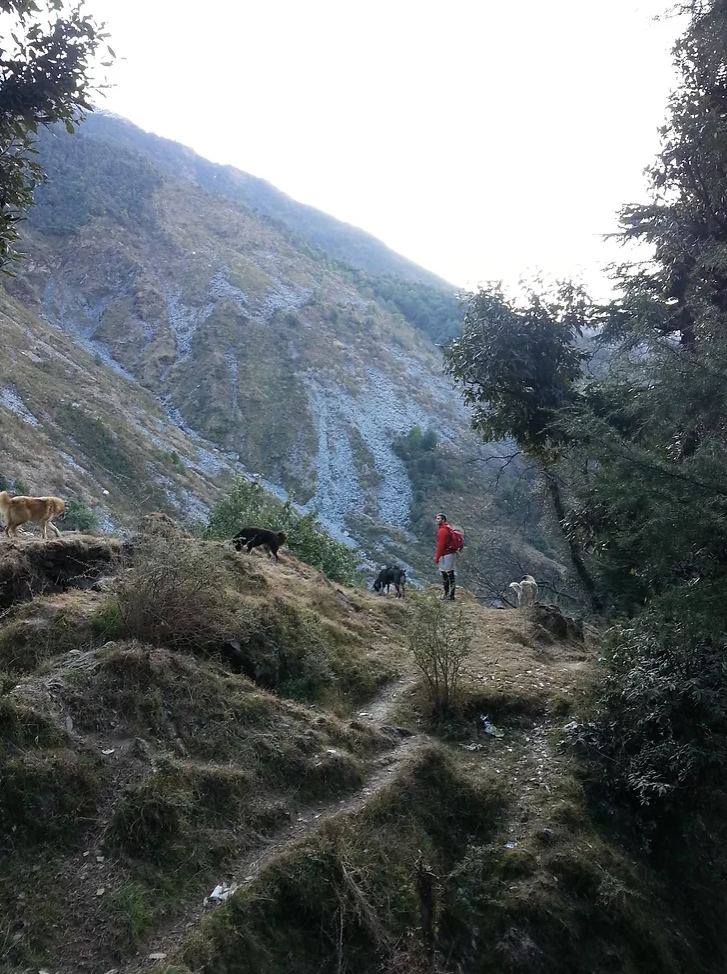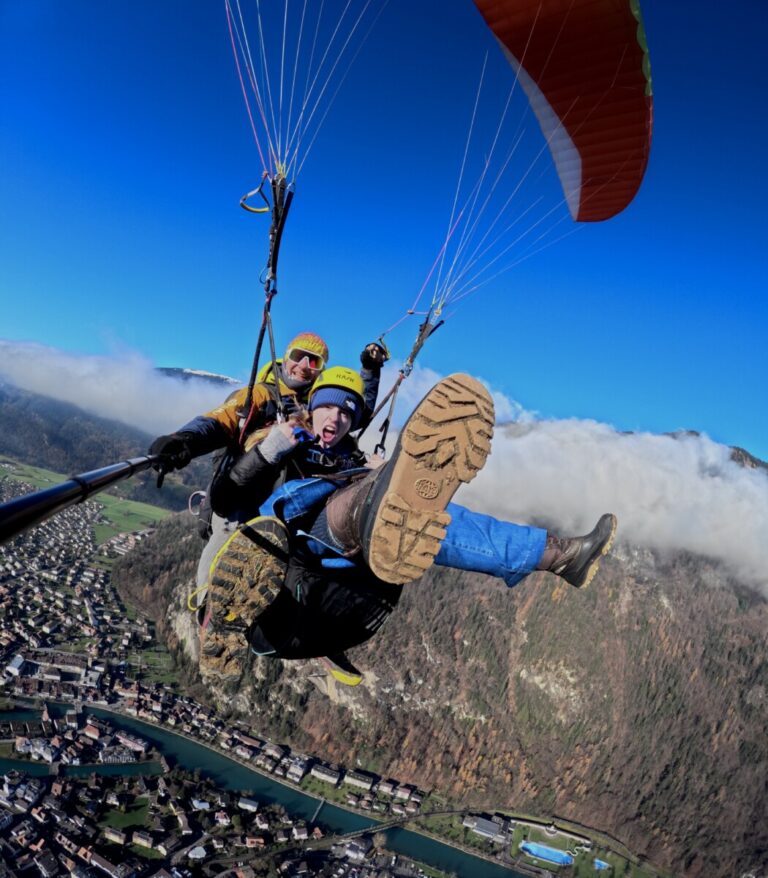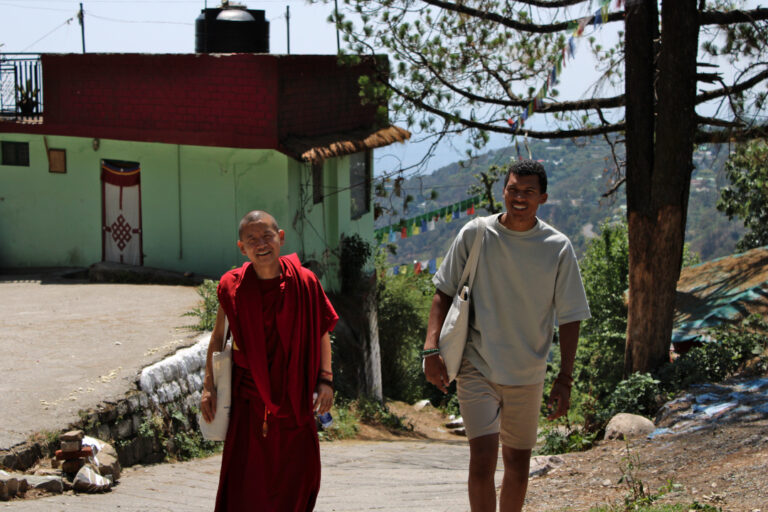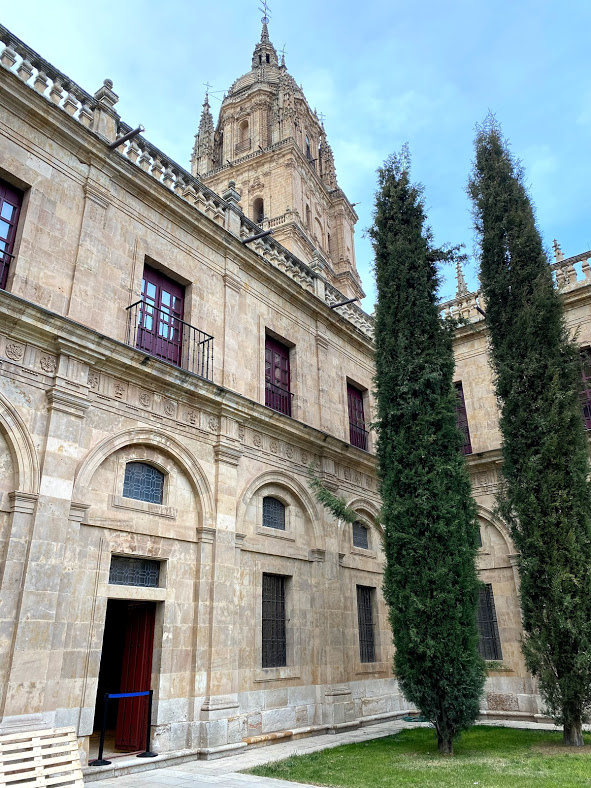In the Highlight Reel of your Studies Abroad, What Do You Mention Most Often?
by Alana Darcher | Emory Tibetan Studies, Spring 2015
Originally written on February 3, 2016
Given enough time and ample puppy portraits, I could graph the route of my program’s progression north as a map of the region’s average dog. Starting in New Delhi, the prototypical pup is short-haired and wiry, an adaptive advantage for the city’s heat and the constant barrage of agility-based obstacles. As you move further north, the common canine comes with a thicker coat and a chiller personality. Making a stop in Pragpur, a few hours short of the final destination, you might find that the average dog’s priorities are much different than those in Delhi. In this calmer setting, life is less hectic and the local hounds have more time to relax and play tour guide for the area’s visitors. Finally arriving in Dharamsala, a city tucked into the foothills of the Indian Himalayas, you meet the hallmark of a mountain mutt. Here, the average dog is imbued with a hefty dose of fluff and rounded out with a peaceful personality–fitting for a creature surrounded by the constant composure of the super blue mountain range.
I went to India as part of the Emory Tibetan Studies Program and was in the constant company of the city’s most fluffy residents. The majority of the program takes place in Dharamsala’s most mountainous and well-traveled suburb, McLeod Ganj. The seasonless stream of tourists provides a fairly profitable living for stray dogs, the population of which is kept in health by the Dharamsala Animal Rescue. While street dogs can pose a serious health risk to communities, the dogs of McLeod Ganj were sustained enough by the commercial success of the tourist industry to develop generally amicable personalities. In turn, they provided transient companionship, joining in on an occasional hike into the foothills or a walk to the temple.
The dogs of Dharamsala added another vibrant element to a famous patchwork city. Without diminishing the human connections I made there, I’d like to highlight a few notable furry faces (and expose this post as a thinly veiled excuse to share dog pics). McLeod Ganj is split into three major streets, one of which was the preferred lounge space of one pup.
During one of the program’s extended trips, we visited Tso Pema Lake, near Mandi in Himachal Pradesh. The surrounding line of hills offered some glorious views, and throughout the trip from the valley to the overlooking hermitages we were accompanied by a few fellow sightseers.
In a first attempt to find and hike a peak local to McLeod Ganj, a couple program members and I were joined by a revolving group, maxing out with 6 companions.
The program concludes with an independent research project. My research focus took me to a nearby monastery, Palpung Sherabling outside of Bir. Though the dogs there were stereotypically skittish and necessitated mutual distance, a few had found somewhat permanent homes with the residents of the Tibetan settlement and the Sherabling Monastery.
Interested in Tibetan Studies? Check out the Emory Tibetan Mind/Body Sciences summer program!







